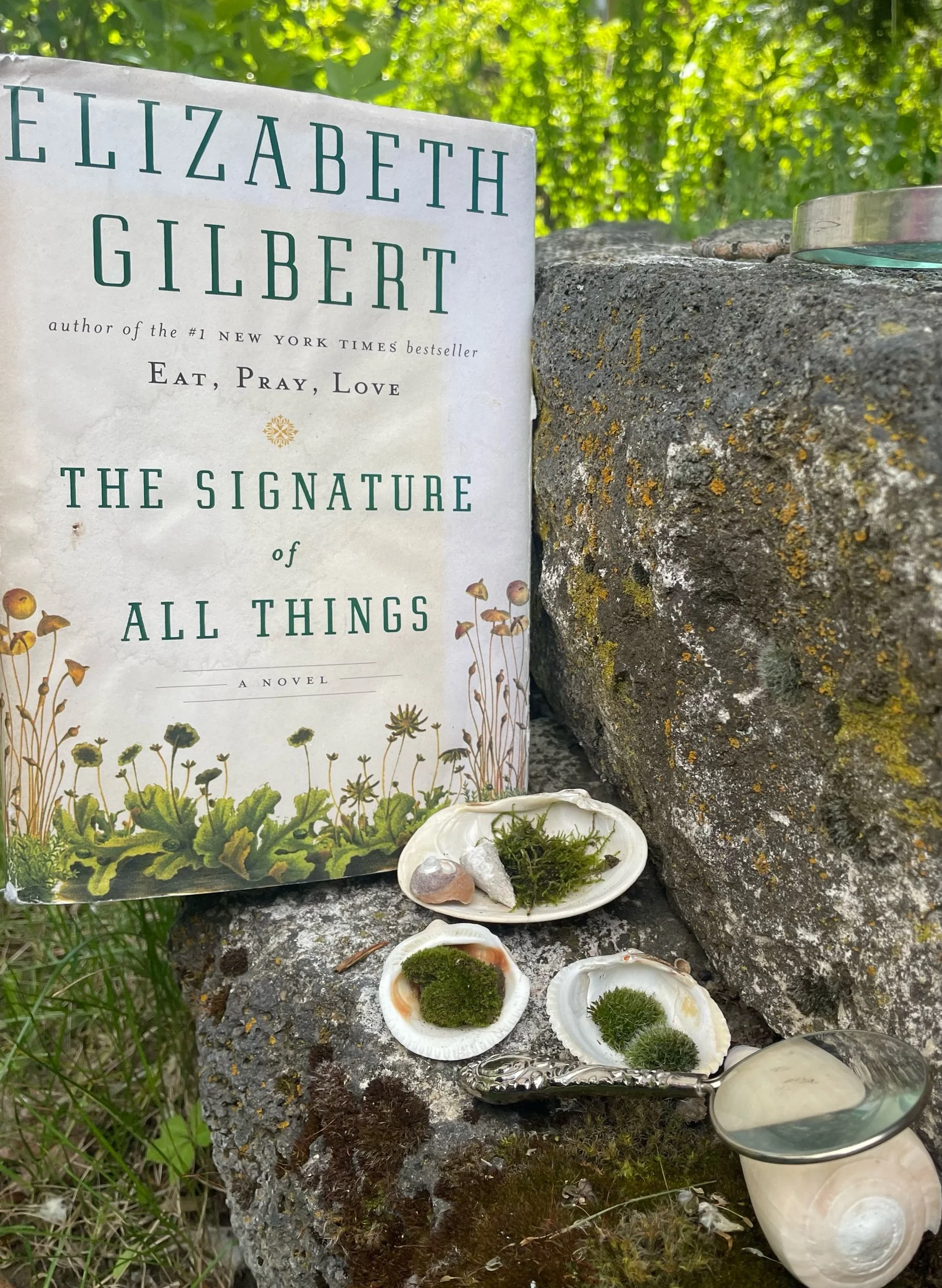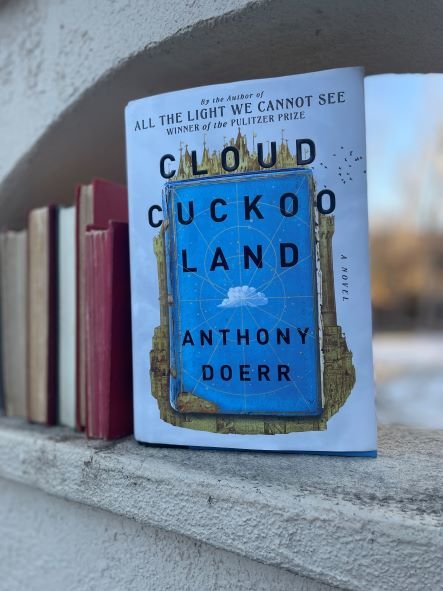Some books sweep the reader away to a specific place and time within the first lines. In the case of Australian writer, Tea Cooper’s novel, The Naturalist’s Daughter (2024), this certainly holds true. Cooper’s newest historical fiction opens amid the many oddities of a naturalist’s workroom in the backwaters of New South Wales, Australia. The year is 1808 and readers immediately meet the child Rose. She is a delightful young heroine who assists her father’s work which focuses on observing and documenting the curious creature now known as platypus (known by many names in the nineteenth century including Aboriginal mallangong).
A few of my favorite reads…
CONTEMPORARY & CANONICAL ǁ NEW & OLD.
Fiction ※ Poetry ※ Nonfiction ※ Drama
Hi.
Welcome to LitReaderNotes, a book review blog. Find book suggestions, search for insights on a specific book, join a community of readers.




















